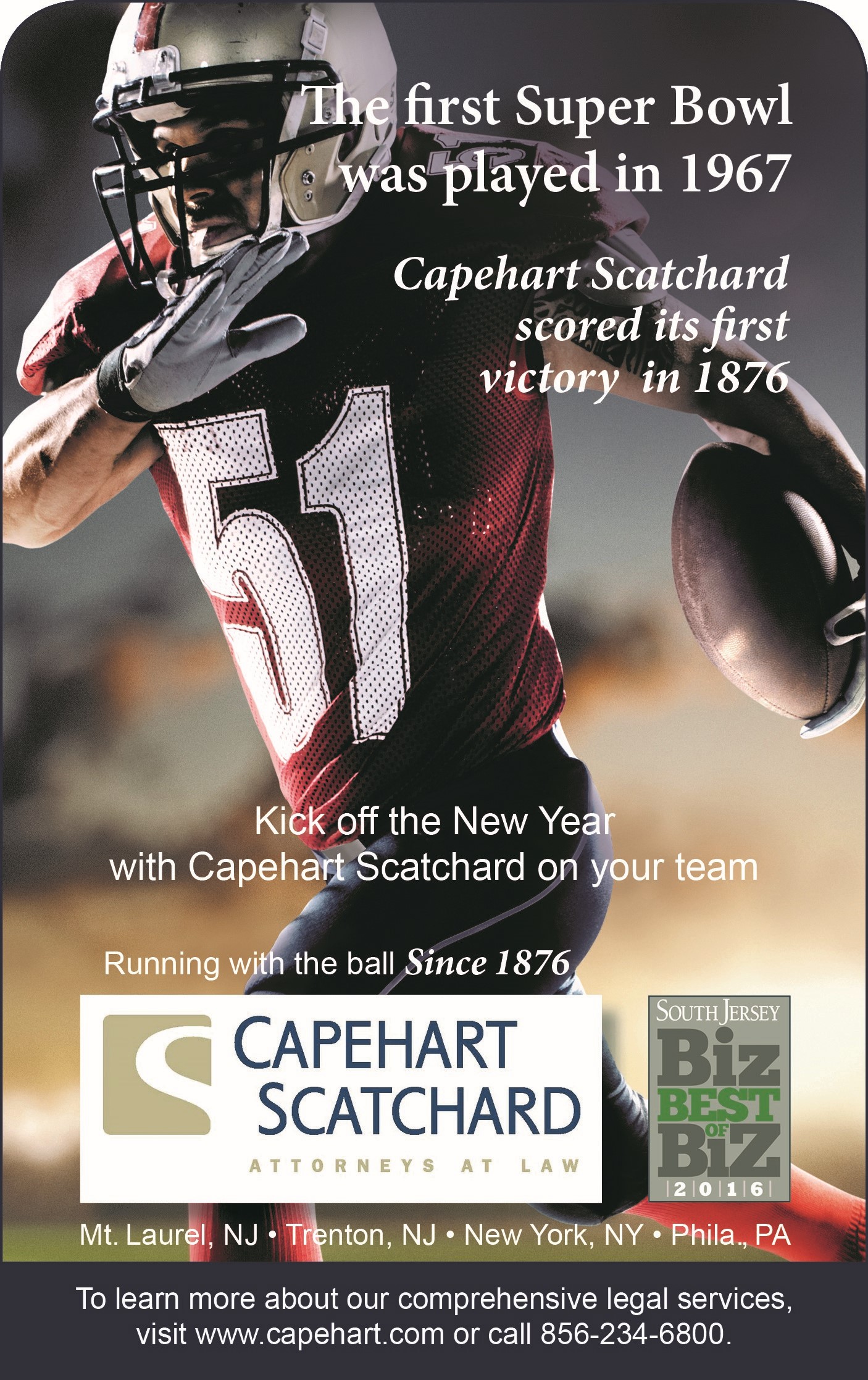Two Competing Maxims In Workers’ Compensation
There are two maxims in workers’ compensation that appear on their face to be contradictory. The first is that the employer takes employees as the employer finds them. The second is that employers are not responsible for idiopathic or purely personal conditions. Both maxims generally pertain to workers who have preexisting conditions, and both maxims are valid.
An example of the first maxim might be a carpenter with long-standing diabetes who is at a construction site. The carpenter jams her foot against a machine and feels pain in her great toe. She mentions it to her supervisor at the time but continues to work. Three days later she goes to the ER as her toe has become gangrenous. She ends up having an amputation and files a workers’ compensation claim. This claim would be considered compensable in New Jersey. While 99% of workers would not have developed the severe symptoms of this carpenter by jamming one’s toe, the employer takes the employee with all his or her preexisting health risks.
An example of the second maxim might be the same carpenter with long-standing diabetes. She has worn shoe inserts for many years due to flat feet and notices that her current inserts are uncomfortable and in need of replacement. In walking around the office at work, reviewing plans, she feels pain from the deteriorating insert rubbing against her great toe. She mentions it to her supervisor but continues to work. Three days later she goes to the ER as her great toe has become gangrenous. Again, the toe must be amputated. But her employer successfully denies this case because all the carpenter was doing was walking at work, and the inciting cause of her toe injury was really an old shoe insert that needed to be replaced.
What both examples have in common is that the employee has a preexisting non-work-related condition. But not everything that happens at work is work related. For example, if a manager with a prior heart condition is in a meeting and suddenly has a heart attack while sitting at a conference table, the employer will deny this claim and will almost certainly prevail. Similarly, if a firefighter is walking upstairs to meet with the Chief at work, and his knee locks up while ascending the stairs due to prior osteoarthritis in the knee, the employer will successfully deny this claim under the case of Meuse v. Egg Harbor Township Police Department, No. A-4553-90T5 (App. Div. May 6, 1992). If the firefighter did not fall or strike the steps, this would be considered idiopathic and not causally related.
So the basic point to remember in navigating between these two competing maxims is that there must be some work-related event to make the claim compensable. Just being at work or walking around at work is not enough. It is safe to say that at a certain age, most workers have preexisting conditions that could impact work, although those conditions are generally unknown to the employer.
The key for employers for success in workers’ compensation is to take a detailed past medical history and to investigate the specific details of the alleged work accident. Occupational physicians and treating physicians must inquire into prior health history, prior car accidents, second jobs, prior chiropractor treatment, recreational activities, and prior pain management. Determining causation requires knowledge of the worker’s past health condition as well as an understanding of the precise mechanism of injury.








Connect with Capehart Scatchard